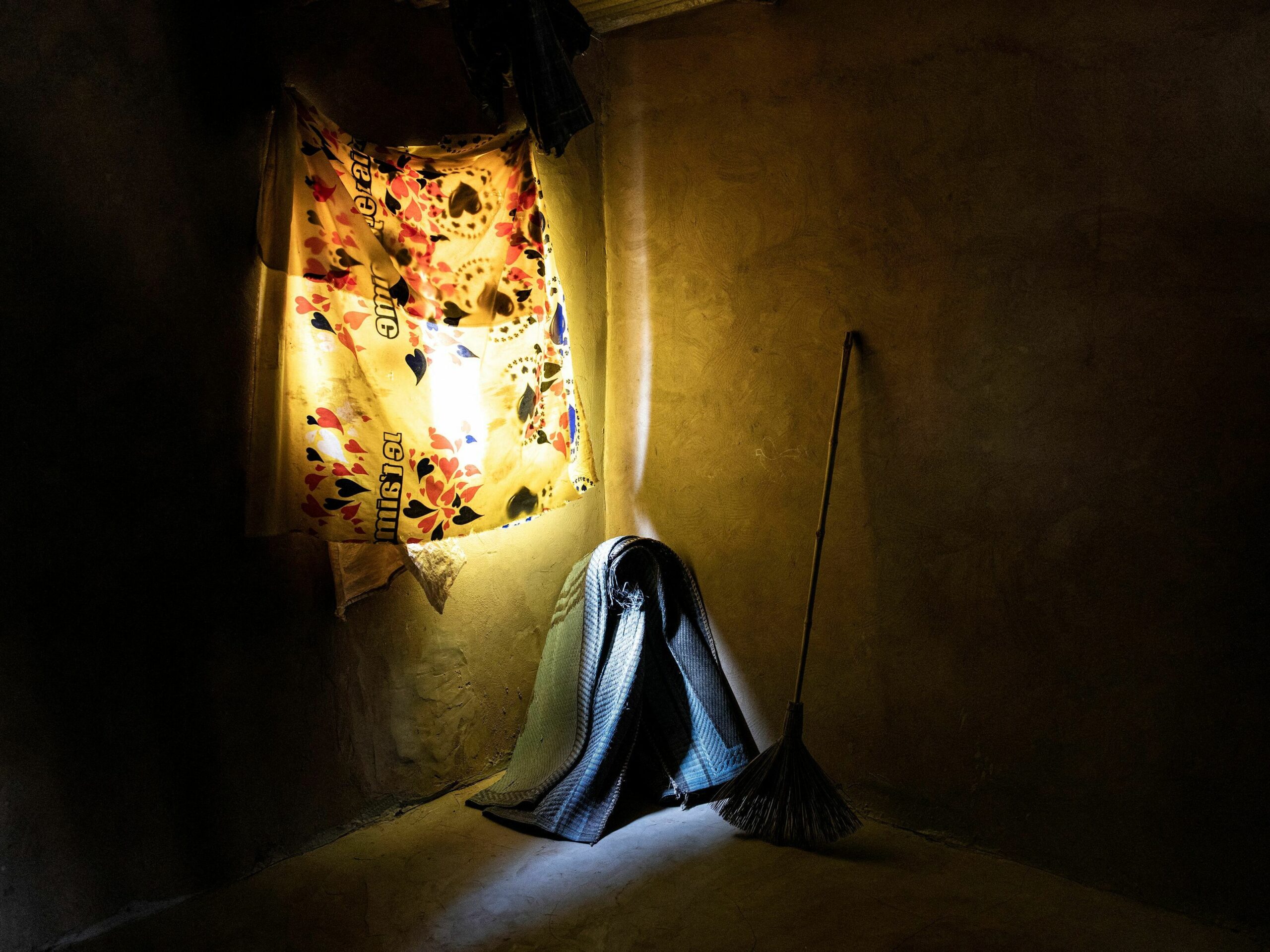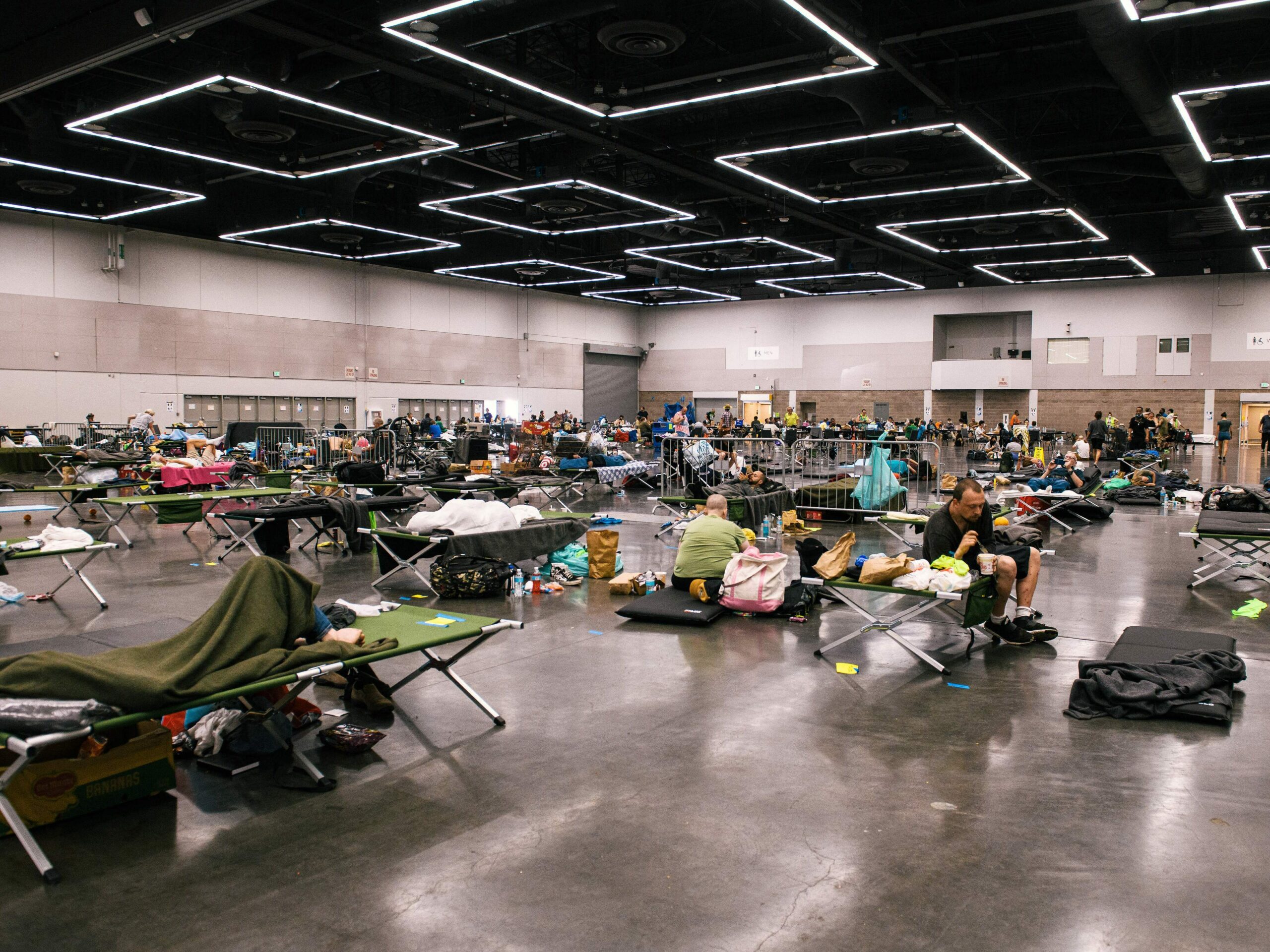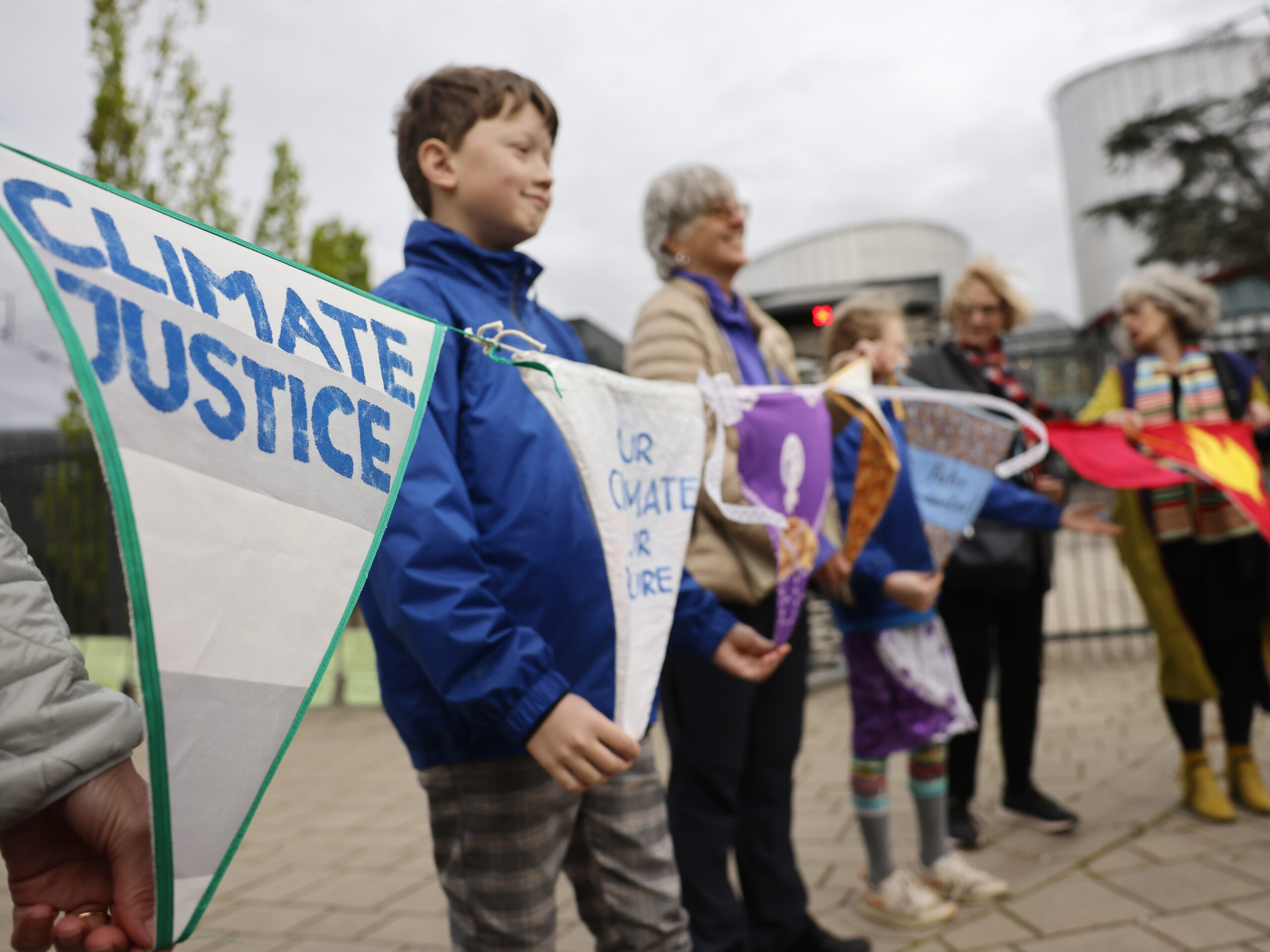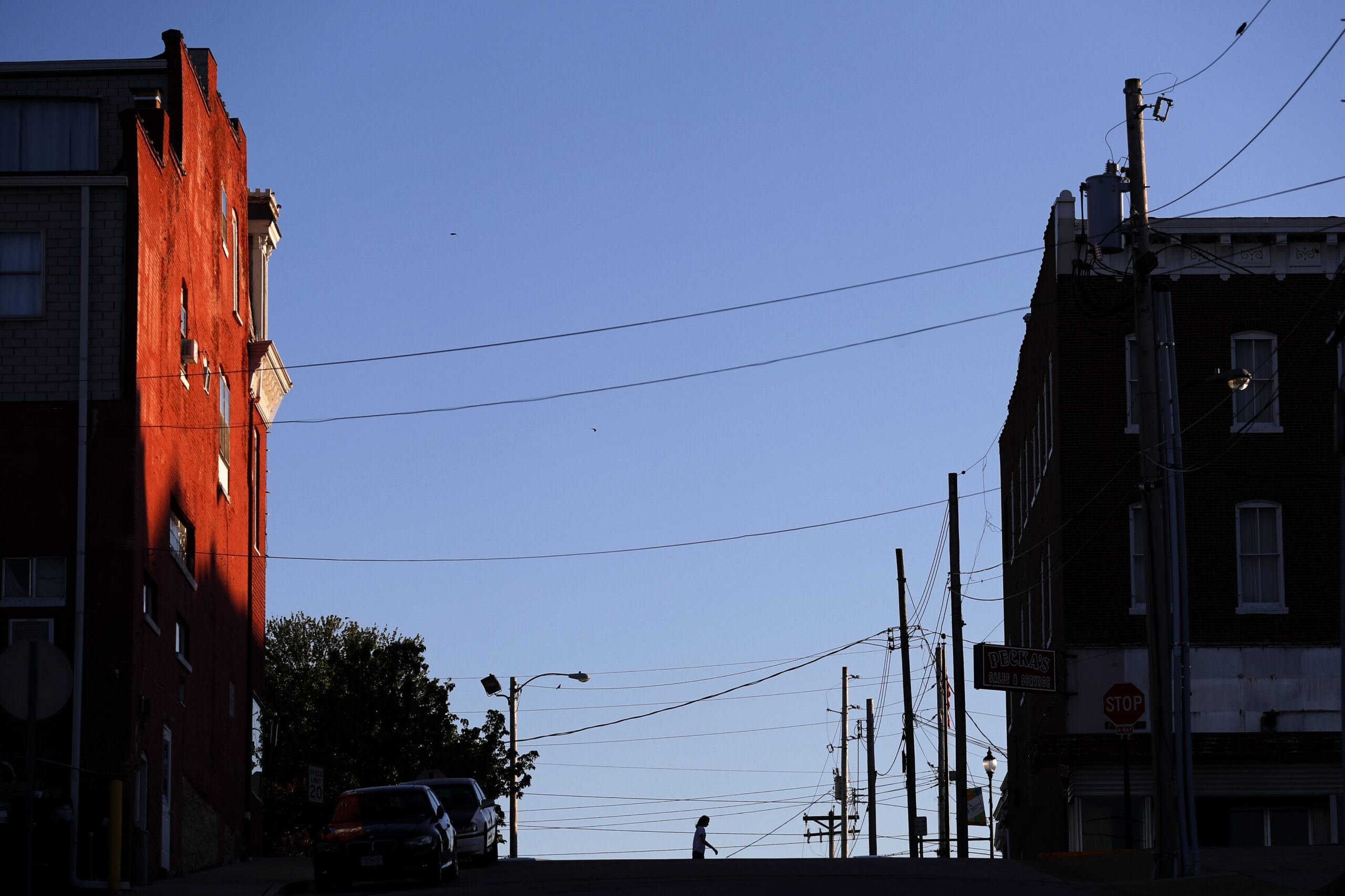LAGOS, Nigeria — The lethal heatwave that hit West Africa earlier this month, overwhelming hospitals and mortuaries in parts of the region, would not have happened without human-caused climate change activity, according to a study by a network of international scientists. Extremely high temperatures of over 110 degrees Fahrenheit likely killed hundreds or thousands of people across multiple countries region.
The new analysis from the World Weather Attribution group found the soaring temperatures in the region during the five-day period of the heatwave would not have been possible without human-induced climate change, including the burning of fossil fuels and deforestation. Previous studies have found that excessively hot night time temperatures can be particularly deadly, because the body can’t cool down and recover from daytime heat stress.
A five-day period between the end of March and early April, was one of the most extreme ever recorded, a once-in 200-year event, leading to the hottest day on in the Malian city of Kayes in early April, with temperatures reaching 119 degrees Fahrenheit (48.5 Celsius).
Stay informed on the latest news
Sign up for WPR’s email newsletter.
One hospital in Mali’s capital, Bamako, recorded 102 deaths within the first four days of April, close to the amount of deaths recorded for the entire month last year. More than half of those who died were over the age of 60 the hospital said, and that the heat played a role in their deaths.
The extent of the death toll across the region is not known,but local reports revealed unusually high levels of deaths and that some mortuaries in Bamako had become overwhelmed.
The fatalities were also driven by power shortages in countries like Nigeria and Sierra Leone, leaving people without fans and air conditioning units. It compounded the risk for vulnerable groups and even those not usually considered vulnerable. It also coincided with Ramadan, a period of fasting for Muslims who are the majority religious group in West Africa’s Sahel region.
Temperatures rose upto 1.5 degrees Celsius (2.7 F) warmer than normal across the region — a critical amount fueling mass casualties. The evenings brought little relief, as temperatures were up on average by 2 degrees Celsius.
The climate crisis has been especially deadly in the Sahel region, compounding the challenge of reduced land for pastoralists across the region to graze cattle. These challenges have fueled mass migration in the region andjihadist insurgencies that have particularly overwhelmed much of Mali, Burkina Faso and Niger.
The report concluded that similar extreme weather events in the region will continue with future warming of the planet.
9(MDAyMjQ1NTA4MDEyMjU5MTk3OTdlZmMzMQ004))
© Copyright 2024 by NPR. To see more, visit https://www.npr.org.9(MDAyMjQ1NTA4MDEyMjU5MTk3OTdlZmMzMQ004))







